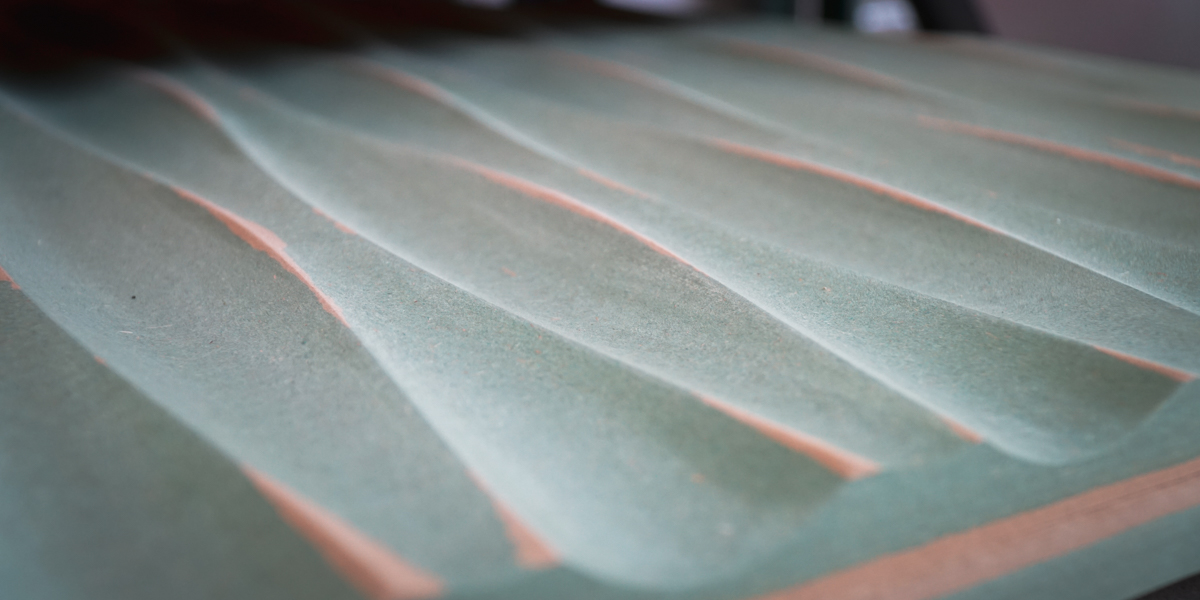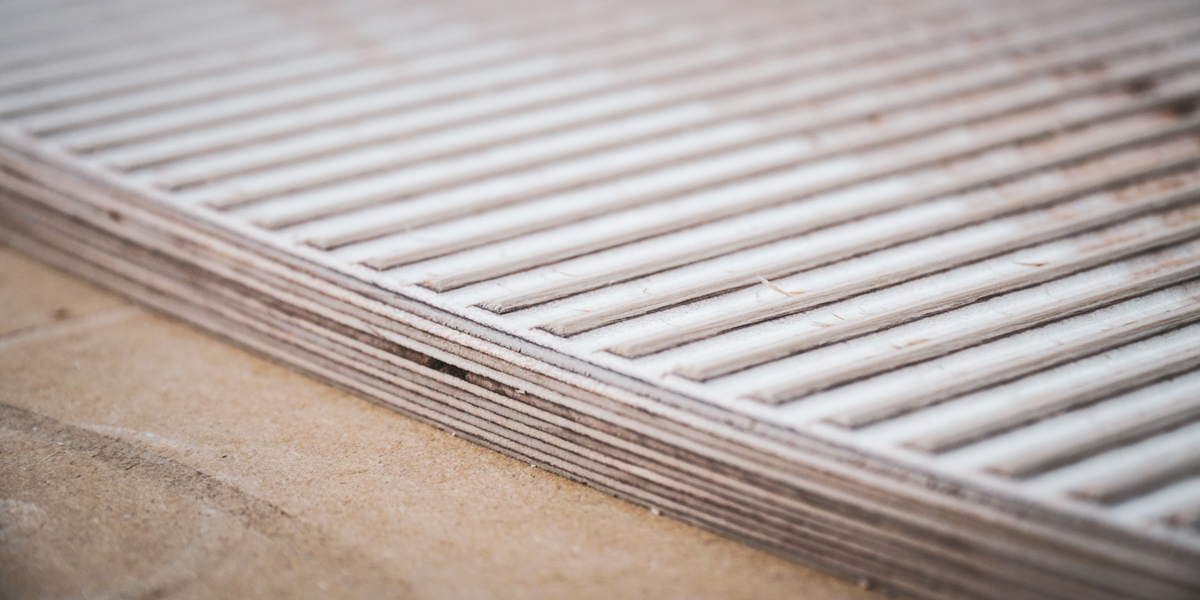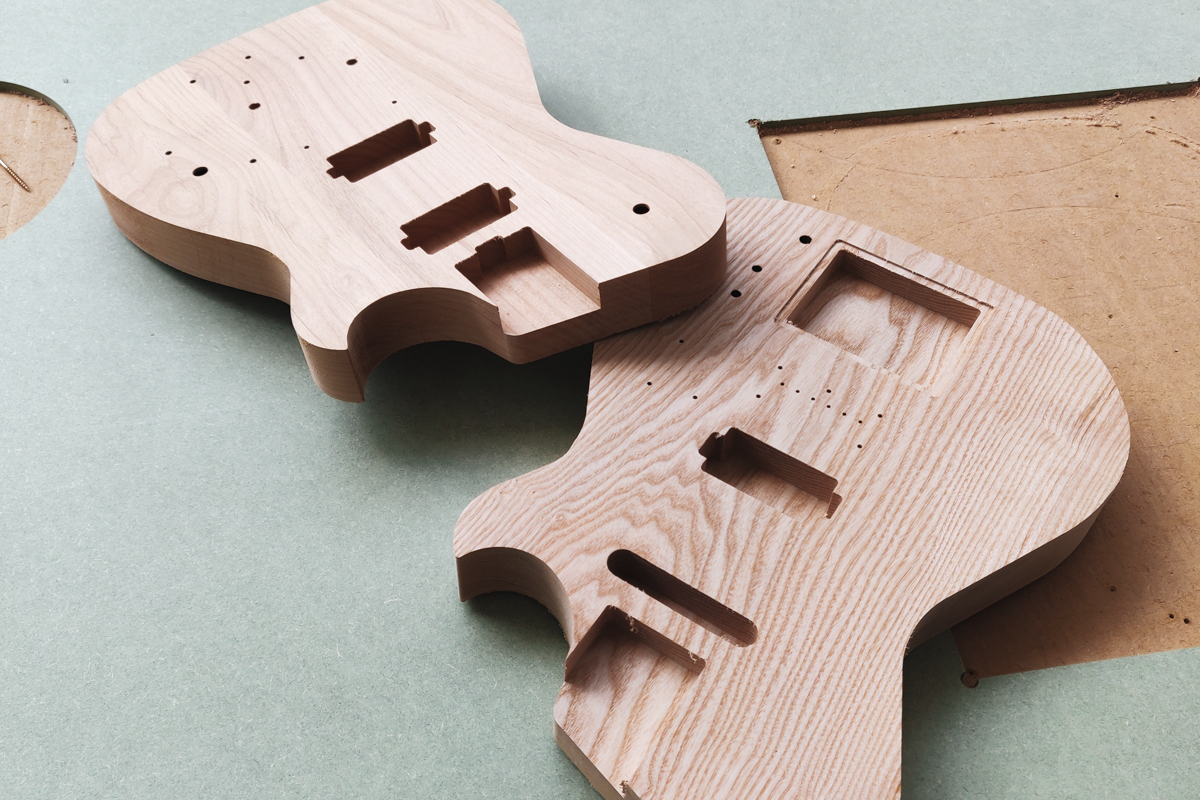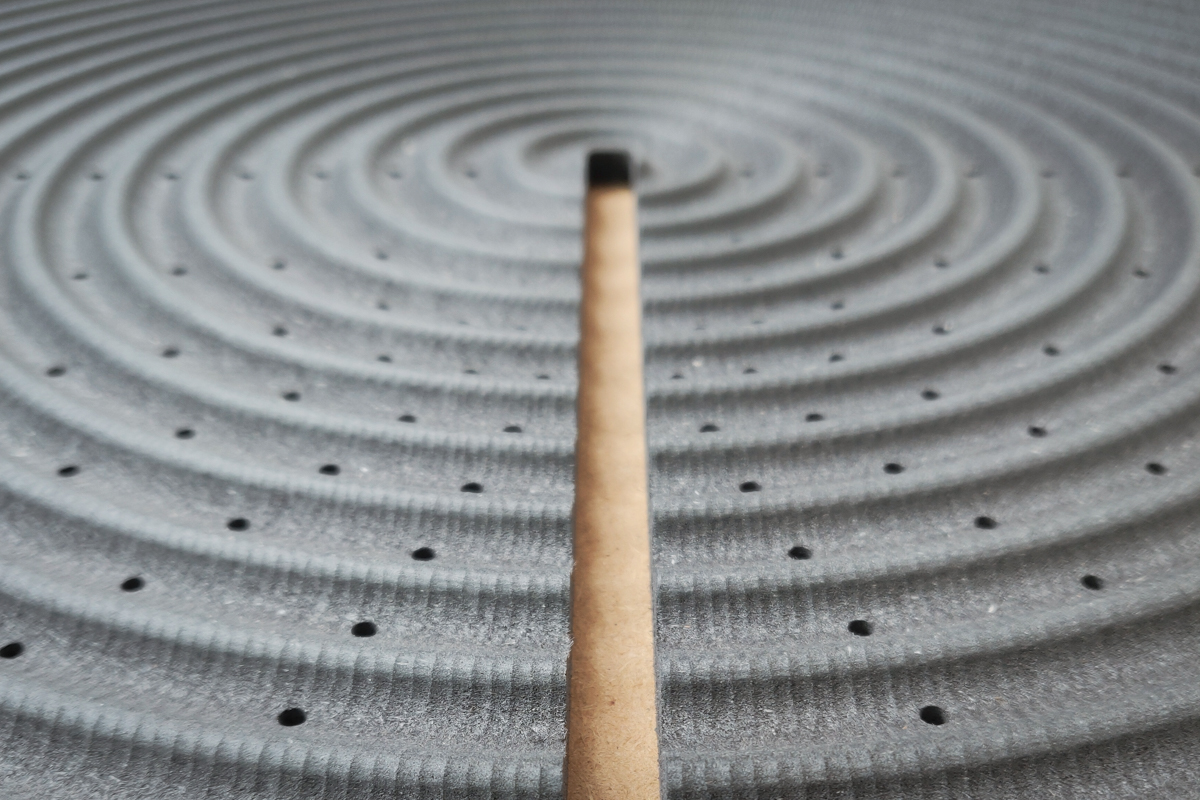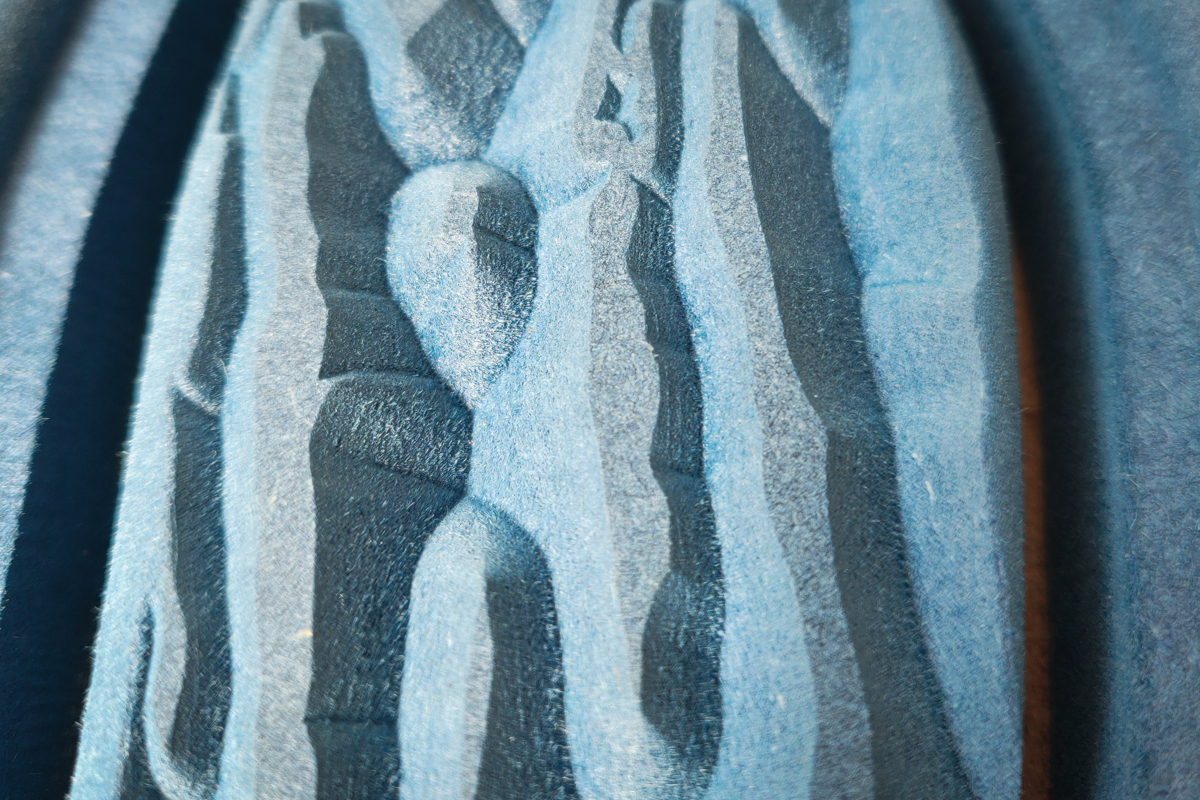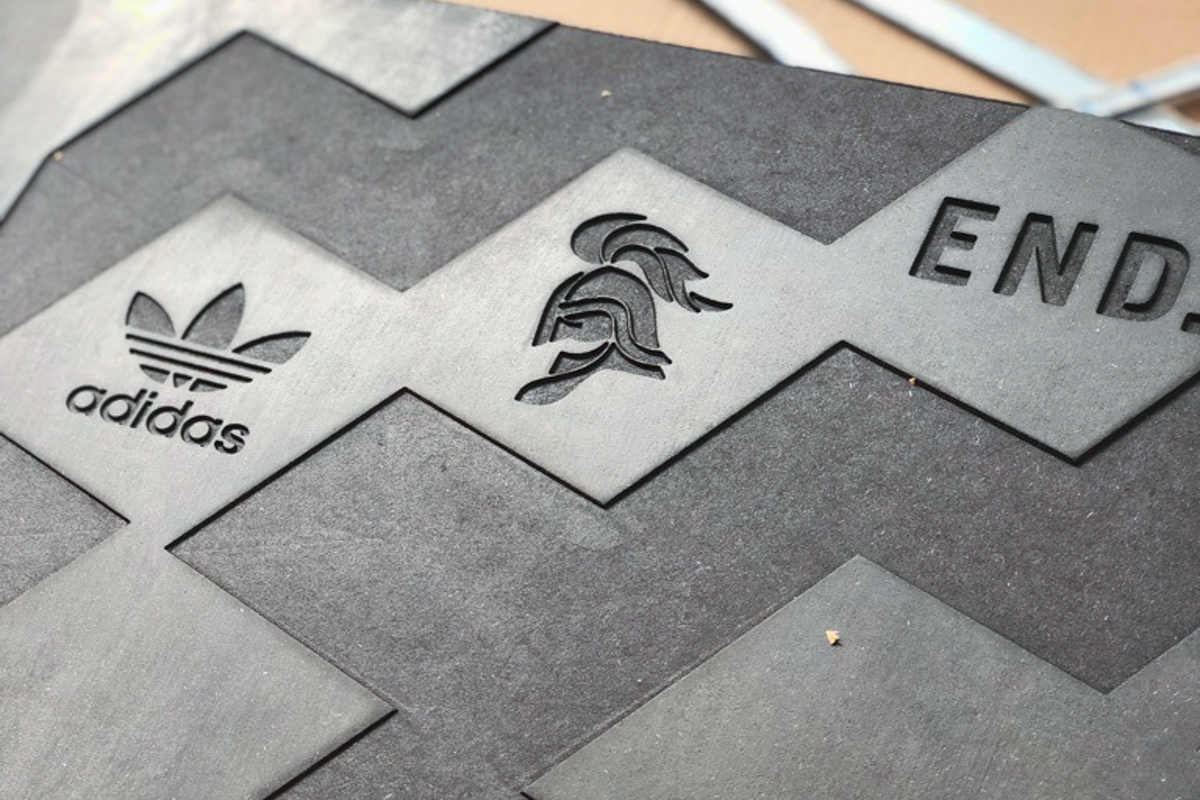What is Surface Milling? (Plain Milling)
Surface milling or plain milling makes use of a horizontal mill, which allows for the use of wide or narrow cutters. This is typically used as a two-step procedure, the first cutter to remove the bulk of the excess material and the second, after a change of drill bit, to make a more accurate and economical finish.
What are Form Milling and Gang Milling?
This is a special type of milling for creating beautiful surface contours, which makes use of advanced tools like convex and concave cutters to make round recesses and round edges. Gang milling is slightly more advanced and requires multiple cutters to do more intricate work.
What is Angular Milling? (Chamfer Milling)
This is a special type of milling to create chamfers and grooves, typically using a 3-axis mill and dovetail cutters. Alternatively, you can use a conical cutting head.
What is Gear Milling?
Milling in this way can produce gears, which are then treated and turned for an exceptional final outcome.
What is Face Milling?
Face milling simply uses a cutting tool with multiple teeth to produce intricate contours and a great finish. The side teeth are used to cut, whereas the teeth on the tip create a nice finish.
What is Profile Milling?
Last but not least is profile milling, which is used for making convex and concave parts. The first step is roughing, where round inserts do the removal work, then semi-finishing takes place using ball-nose end mills. The final finishing is also done with this type of mill, the help of CNC milling, and the availability of multi-axis technology.
